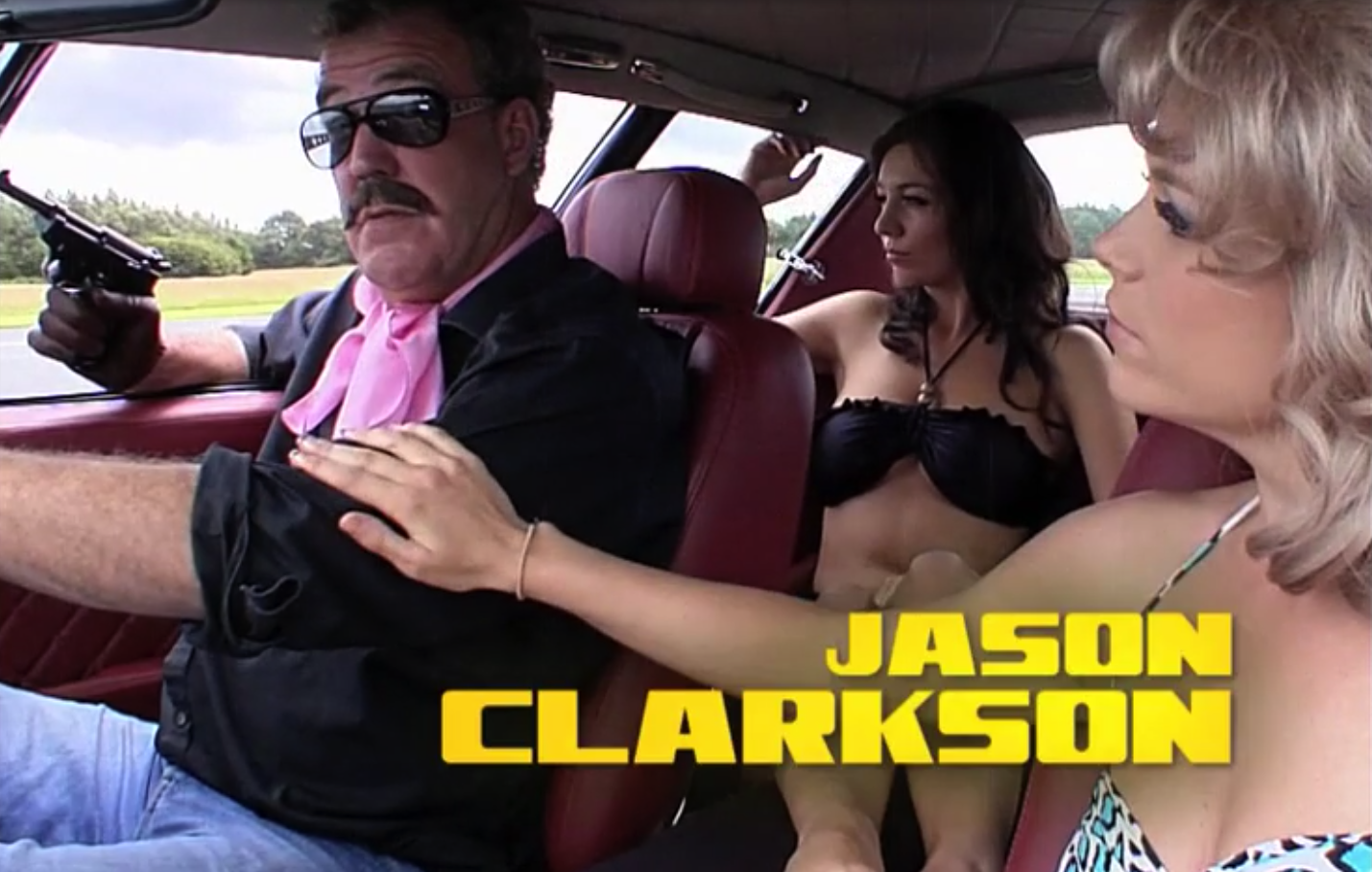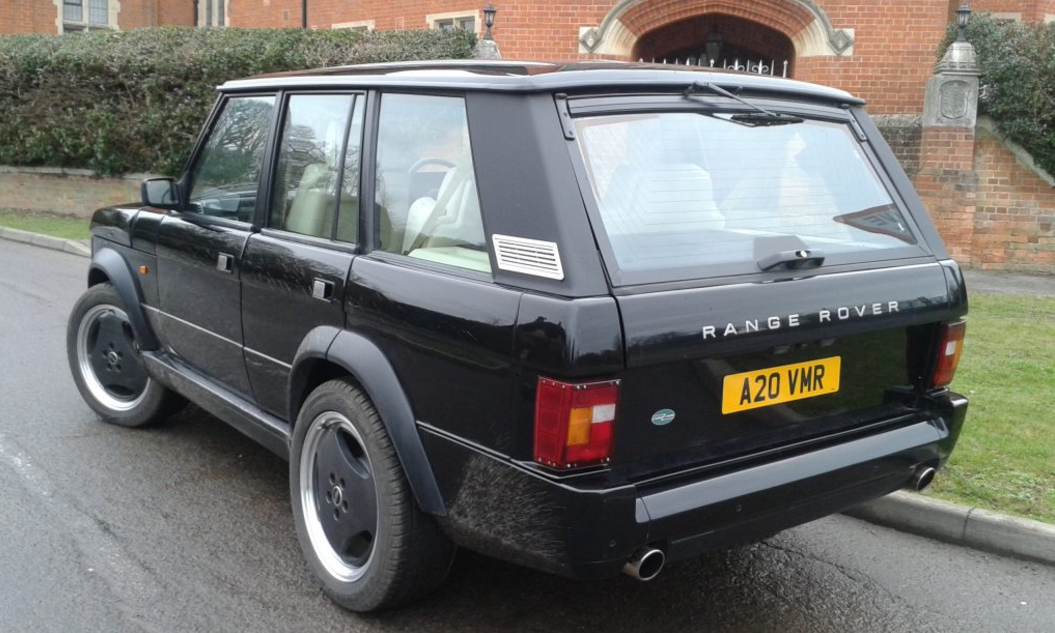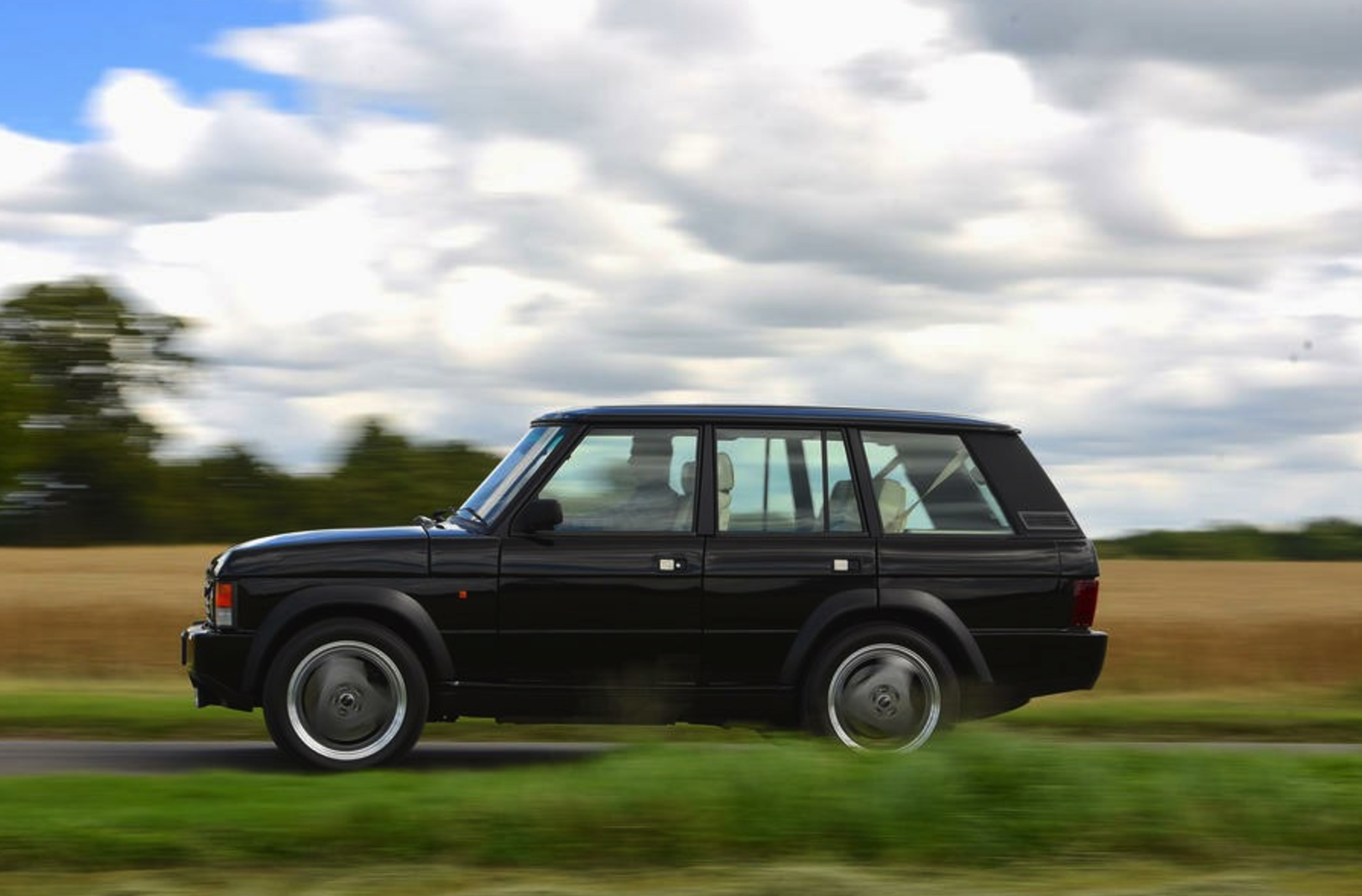
Some of you might remember Top Gear’s feature of the Jensen Intercepter R by Jensen International Automotive back in 2011.
The R was a re-imagining of the Intercepter as a beautiful car (which it always was), but this time with a bit of build quality and power thrown in for good measure. The result was a brilliant mix of old and new.
Now the team at JIA have done it again with another British icon: the Range Rover. Based on intitial power and performance figures alongside a price which could be seen as being slightly on the high side (both power and price are significantly higher than a 2017 Range Rover Vogue), we’re not entirely convinced this is a great idea, but let’s see what JIA have to say about their latest creation:

“Following the development of the original VELAR badged prototypes, intended as gentleman farmer transport complete with rubber floor mats and world-class off-road capability, there can be no doubt that the SUV genre has broadened it’s fan-base and, leading the charge pretty much all the way, has been that most British of vehicles, the Range Rover.
Right from the outset in the early 1970s the Range Rover quickly became an object of desire and status… was it the woofly Rover V8 or the imperious driving position… or just the sheer capability of the thing compared with ordinary cars of the day… Austin 1100’s, Mark 2 and 3 Cortinas, Vauxhall Vivas…… realising they were on to a good thing Land Rover continued to develop the Range Rover through evolution not revolution as only a British manufacturer of the time could until finally, in the mid ’90s it was acknowledged that no more could be done to keep the grand old lady at the front of the pack.

“Through the noughties and until only recently the Range Rover population was decimated through low values and rough off road treatment, not to mention rampant rust hidden behind those now-elegant looking aluminium panels. As is always the case scarcity and the passage of time have conspired to reverse the fortunes of the now “Classic” Range Rover and good examples can now command serious sums from collectors….. however, they still drive much as they did in the 1970s and the venerable Buick derived Rover lump has a host of known issues which keeps the modern day owner watching the gauges like a hawk.”
Enter the Chieftain:
“With modernised chassis design featuring all independent air suspension, the legendary 560bhp LSA engine from GM and 6 speed transmission (as used in the Interceptor R) allied to a bulletproof GM transfer box (as used in the Jensen FF-R) JIA have transformed the driving experience whilst retaining the off-road capability should it be required.”

“Inside, decades of low budget attempts to hide the utilitarian basis of the Range Rover have been swept away in a root and branch overhaul of the interior. Much as we have done with the Interceptor the feel of the original design has been carefully retained but materials are luxurious throughout and mod cons like in built sat nav sit comfortably alongside bespoke switchgear such as would grace any modern yacht or supercar.
This, then, is the beginning of a new era for the classic Range Rover, like the Jensen Interceptor an icon of it’s time which, in standard form disappoints the modern driver but when re-engineered to this degree is elevated to supercar status whilst still keeping it’s cool…. just a little bit understated but devastatingly effective on the road!”
We’re probably unlikely to see the JIA Chieftain on New Zealand roads anytime soon, so you can check out what Autocar UK had to say about the new/old Rangie here.
Spec
2017 JIA Chieftain Supercharged 6.2 V8
Price: £250,000 (that’s around $450,000 of your finest New Zealand dollaroos)
Engine: V8, 6162cc, supercharged, petrol
Power: 556bhp at 6100rpm
Torque: 551lb ft at 3800rpm
Gearbox: six-speed auto
Kerb weight: 2386kg
0-60mph: 4.5sec (est)
Top speed: 150+mph (est)



